The Ten Best Free Writing Tools to Help You Write More and Earn More

This post was first published in November 2022 and last updated in May 2025.
There are so many different useful tools out there for writers, it can be tricky to figure out which writing software you need … and what’s just a distraction.
After 17+ years of freelancing (and even more years of fiction writing and blogging), there’s plenty of free writing software that I use on a daily or near-daily basis.
Many of these have replaced other tools I used to use, for various reasons – like easier collaboration or better workflow for me.
All the tools I’ve listed here are permanently free, not just tools with free trials. Many have a paid version that you can upgrade to, but often, the free version will offer everything you need.
Note: In some cases, I’m an affiliate for these tools. That means that if you buy the paid version after going through my link, I get some commission. This doesn’t cost you anything extra and helps keep the Aliventures blog running! All these are tools I use myself and wholeheartedly recommend.
In this post, we’re going to take a look at:
- Google Docs (online word processing software)
- Wavemaker (novel writing software)
- ChatGPT (AI writing software)
- RightBlogger (AI blogging software)
- Grammarly (editing software)
- Clockify (time tracking software)
- Nozbe (task management software)
- WordPress (blogging/website software)
- PayPal (payment/invoicing software)
- Canva (graphic design software)
- Bonus: Character Name Generator
If you’re looking for a wider range of tools, including paid ones, you might also want to check out my posts:
- Best Software for Writers: Seven Apps to Help You Get More From Your Writing Time
- Twelve Useful Tools for Freelance Writers
Of course, whatever software you’re using, you still need ideas to work with! I’ve got 20 free creative writing prompts for you, each with a prompt word, image, and different angles to take. Just pop in your email address below to get them:
(You’ll also receive my weekly newsletter on Mondays and weekly blog posts on Thursdays. Unsubscribe at any time.)
What Writing Software Do You REALLY Need?
Over the years, I’ve come across some writers who love playing around with software. I also know plenty of writers who are a lot less keen on new tech. They find it hard to get to grips with new tools … and having a long list to choose from can be daunting.
Whether either of those sounds like you, or you fit somewhere in the middle, I think it’s helpful to pause before choosing new tools and think about what you really need in your writing life.
If you’re a fiction writer, that probably means having software you can easily use to write, plus software to help with editing. You might also want to use an AI tool for brainstorming or to bounce ideas off. Depending on what you’re writing, you may also want a way to keep track of tasks relating to your writing.
If you’re a freelancer, you’ll need all the above, plus some way of getting paid! I’ve found that many individuals and small businesses want to pay through PayPal, which is why that’s on the list.
Ten of the Best Free Tools for Writers
#1: Google Docs
Google Docs is very easy to use. If you’re used to Word (on a PC) or Pages (on a Mac), it’s not too different: it’s just an online word processor. But the great thing about Google Docs is that it’s really easy to collaborate with other people: co-bloggers, editors, beta-readers, and so on.
Google Docs lets me:
- Automatically save as I’m writing … if you’ve ever suffered the pain of losing a chapter because Word crashed or you forgot to hit “Save”, you can imagine what a relief it is to have your document auto-saving!
- Always have the most up-to-date version of a document, with everyone’s comments/suggestions in one place – no more complicated email threads with multiple different versions of a Word document.
- Write anywhere: my desktop PC, my Chromebook, even my phone.
- Easily share my documents with clients (either with “Edit” or “View” access – the latter is handy for things like invoices).
Google Docs comes as part of Google Drive, which also includes Google Sheets (a spreadsheets tool, which I use to track client work), plus Google Slides and Google Forms.
#2: Grammarly
Grammarly is a free AI-powered spelling and grammar checker. You might wonder why you need one, since your word processor almost certainly has a spell-checker built in – but Grammarly is great at spotting issues like mistyped words that are still words, or subject-verb agreement issues.
It’s also great for:
- Making sure you’ve used the correct US/UK English spellings if (like me) you’re a native writer in one of those but you write for a client who prefers the other.
- Checking for wordiness issues – I don’t always agree with these, but it’s useful to at least consider them.
- Flagging up things like the lack of an Oxford comma and other small grammatical slips.
I just use the free version, but you might want to go further and get the Pro plan which has lots of additional features (e.g. adjusting your writing tone, giving personalized suggestions, detecting plagiarism).
#3: ChatGPT
ChatGPT might be controversial in the literary world … but I don’t think any list of free writing tools would be complete without it. While I don’t believe that AI will be writing full novels any time soon, there are lots of creative ways that writers can use ChatGPT as a support for their work.
I’ve found ChatGPT really helpful for:
- Bouncing ideas back and forth: I can give it my initial thoughts for a story and ask for more complications, characters, etc.
- Carrying out short, specific writing/editing tasks (e.g. I used it to merge together two separate lists of ideas into one coherent list, without overlap).
- Moving me forward when I get stuck on outlining (I’m more a panster than a plotter). Even if I don’t like the ideas it suggests, it can help jog new thoughts.
#4: RightBlogger
RightBlogger is a whole suite of (over 80!) AI tools aimed at bloggers. Full disclosure: I’m a paid writer for RightBlogger (one of the co-founders is my favourite freelance client of all time!) If you’ve found it hard to get good results from ChatGPT, you’ll love RightBlogger: it’s got lots of really specific tools (e.g. “Blog Outline Generator”) to carry out tasks well. You can easily adjust the tone/writing style, too.
It’s geared up for bloggers/freelancers, and I’ve found it great at:
- Creating blog post outlines (I don’t use these “as is” for Aliventures, but to help me figure out any points I might have missed!)
- Finding keywords, which is really helpful if you’re creating online content that you want to rank well in Google
- Coming up with ideas, particularly for blog posts and newsletters
If you’re a fiction writer, it probably won’t help with the actual writing … but it could be really useful when you want to write articles, email newsletters, etc to promote your books.
#5: Wavemaker
Wavemaker is a great tool for novelists. For years, I’d been writing fiction in Scrivener, but after I switched from a Windows laptop to a Chromebook, I couldn’t use Scrivener.
Often, I write straight into Google Docs, but Wavemaker is a fantastic alternative if you find Google Docs a bit of a distracting interface.
The two key things I love about Wavemaker is that it lets me:
- Write in a full-screen, distraction-free writing environment (and in white on black, which I find easier on my eyes, and which seems to help me focus better on what I’m writing).
- Divide my work into chapters, subchapters, etc, which I can move around if I want to.
There are also loads of features I haven’t used at all, like the ability to make mindmaps, add character notes, access plotting help, create a timeline, use “Challenge” mode, and more.
Wavemaker is completely free (though the creator welcomes donations), and I’d definitely recommend checking it out if you want an alternative to Scrivener.
#6: Clockify
In 2022, I started using Clockify to track the time I was spending on work tasks – particularly my freelance work. And I’m pretty sure it’s no coincidence that starting using Clockify coincided with my monthly income increasing quite noticeably.
Clockify is very quick and easy to use – and as with Wavemaker, I’m not using all the features.
For me, Clockify is great to:
- Keep me focused when I’m working. If I need to switch off Clockify to take a break or to jump to a different task, I’m more likely to stick with the task I’m supposed to be working on.
- Track how long I’m spending on work tasks each day. (I split these into quite broad categories like “blog posts for client x” and “Aliventures blog/newsletter”).
- Check reports at the end of each month to see how long different tasks took overall. This lets me very easily figure out how much I’m making per hour for different clients – and it can vary quite a lot!
#7: Nozbe
I don’t use Nozbe as much as I used to, because I track most of my tasks in my Full Focus Planner these days. But I still find Nozbe useful as a repository of tasks that don’t really fit into the next few days, or that I don’t want to schedule for a specific week.
Nozbe also fits well with a “Getting Things Done” (GTD) approach, if that’s a time management system you use.
I use it to:
- Note tasks I don’t want to forget! (I try to check my “Priority” list in Nozbe at the start of each workday.)
- Keep track of recurring tasks – things that I want to do every month, for instance.
- Brain-dump lists of tasks that need doing at some point, so I can sort through them and make time for them later (I use the “Inbox” in Nozbe for this).
#8: WordPress
When I created my first blog (well, my first blog that wasn’t a rambling online diary), way back at the end of 2007, I used WordPress(.org) for the first time.
I’ve stuck with it ever since.
WordPress is a fantastically flexible system for creating a blog or website. It’s become much more user-friendly during the decade and a half that I’ve been using it.
You can use WordPress for pretty much any kind of website – a blog, online store, web forum, or just a simple one-page website that advertises your freelance services or your books.
Some of the things I like best about WordPress are:
- Your content (blog posts, web pages, etc) is all stored separately from the way your site looks. That means you can easily change your blog’s theme (design) without having to laboriously copy lots of content over to the new version.
- There are thousands of free plugins (add-ons) available for WordPress, to give your blog/website extra functionality. There are also lots of excellent premium plugins that you can pay for to get more advanced features.
- The WordPress software itself is open-source, which means that it’s free (you need to pay for web hosting and a domain name, though) and that it’s constantly being improved and updated.
#9: PayPal
Of all the tools on this list, PayPal is the one I’ve been using for the longest – since my late teens, when I used it exclusively for shopping on eBay!
As soon as I began freelancing, in early 2008, PayPal became an essential way to get paid. Many of my clients are in the US, and I’m in the UK, plus I’ve found that a lot of small businesses employing freelancers prefer to use PayPal anyway.
I also use PayPal to process payments for my Supercharge Your Writing guides, for the self-study seminar packs, and more.
Some of the things I like about PayPal are that:
- Receiving money in multiple currencies (and keep it in that currency, if I want to).
- Being able to download a log of transactions – very handy at tax time!
- Creating and sending invoices directly through PayPal: I can then see if these have been paid, chase them up at the click of a button, and more.
- Easy compatibility with other software that I use – like Payhip, which is the service that supplies my digital products to customers.
As well as PayPal, I use Wise for a couple of my clients: this means considerably lower fees.
#10: Canva
Canva is the one tool on this list that I pay for! The free version is great too, and I used it for a while, but the paid version is well worth the time it saves me each month in creating blog post graphics easily. (The paid version includes a huge number of high-quality stock photos, for instance.)
Canva can be used for all sorts of things, but I particularly like it for:
- Easily creating and duplicating graphics – it’s really fast and easy to make the branded images that go at the top of my blog posts, for instance.
- Loads of ready-made templates that you can use as a basis for your own design
- Generally, just being able to make reasonable-looking images for my blog despite my complete lack of graphic design skills.
Bonus Tool: Free Character Name Generator
I’ve got an extra free tool for you … my very own Character Name Generator. I’ve spent ages trawling through lists of baby names from years gone by (and lists of surnames, too) for my novels, so once I’d created this tool for me, I wanted to share it with you too.
The name generator can come up with character names for any ethnicity, it can include middle names, it can tailor names to the personality of your character, and it can even suggest short descriptions for your characters. Give it a try … I’d love to hear what you think of it.
Want more free resources? Don’t forget to download your free creative writing prompts, each with a prompt word, image, and different angles to take. Just pop in your email address below to get them:
About

I’m Ali Luke, and I live in Leeds in the UK with my husband and two children.
Aliventures is where I help you master the art, craft and business of writing.
Start Here
If you're new, welcome! These posts are good ones to start with:
Can You Call Yourself a “Writer” if You’re Not Currently Writing?
The Three Stages of Editing (and Nine Handy Do-it-Yourself Tips)
My Novels
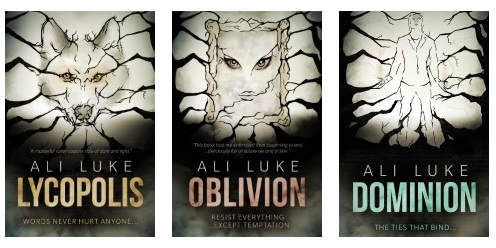
My contemporary fantasy trilogy is available from Amazon. The books follow on from one another, so read Lycopolis first.
You can buy them all from Amazon, or read them FREE in Kindle Unlimited.

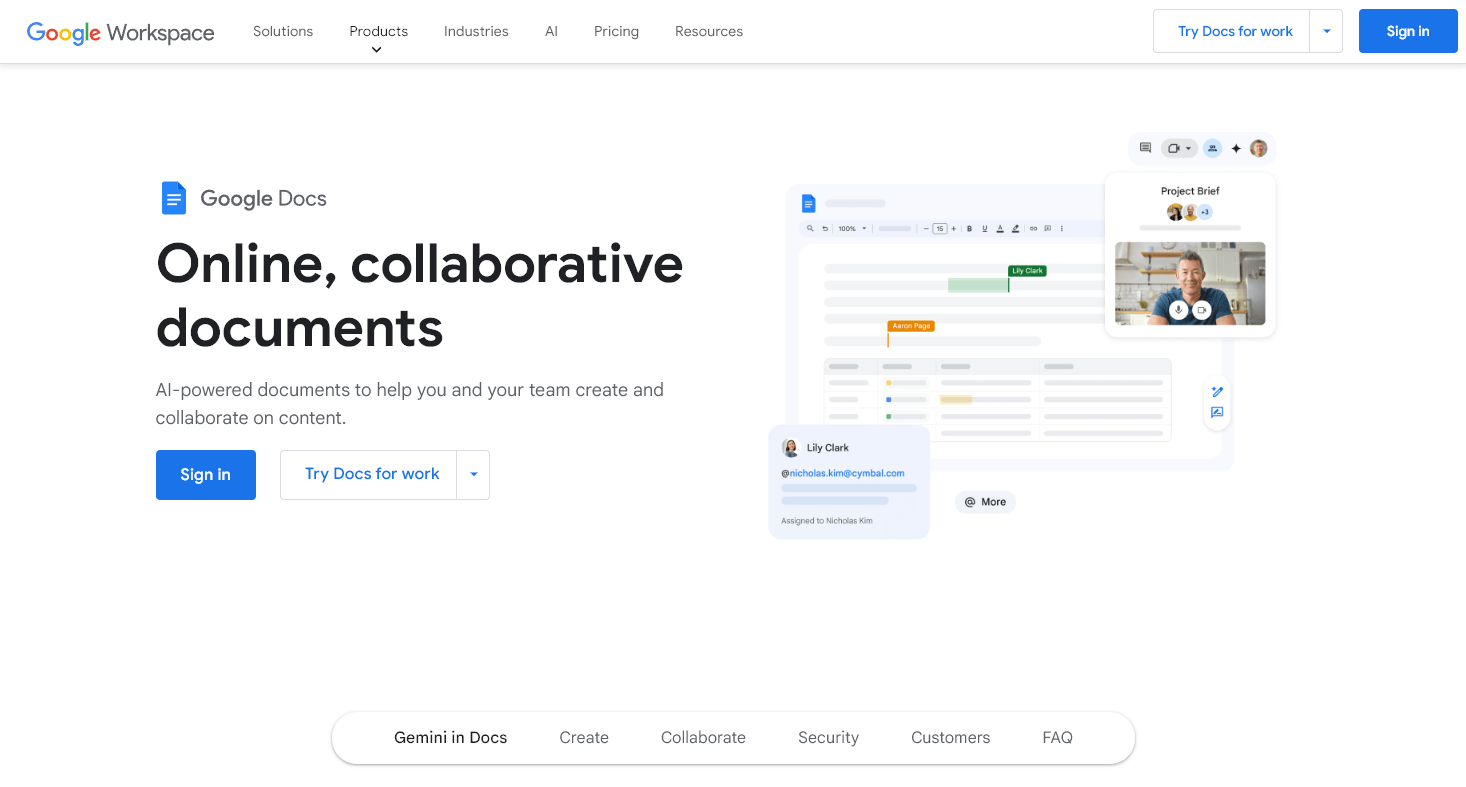
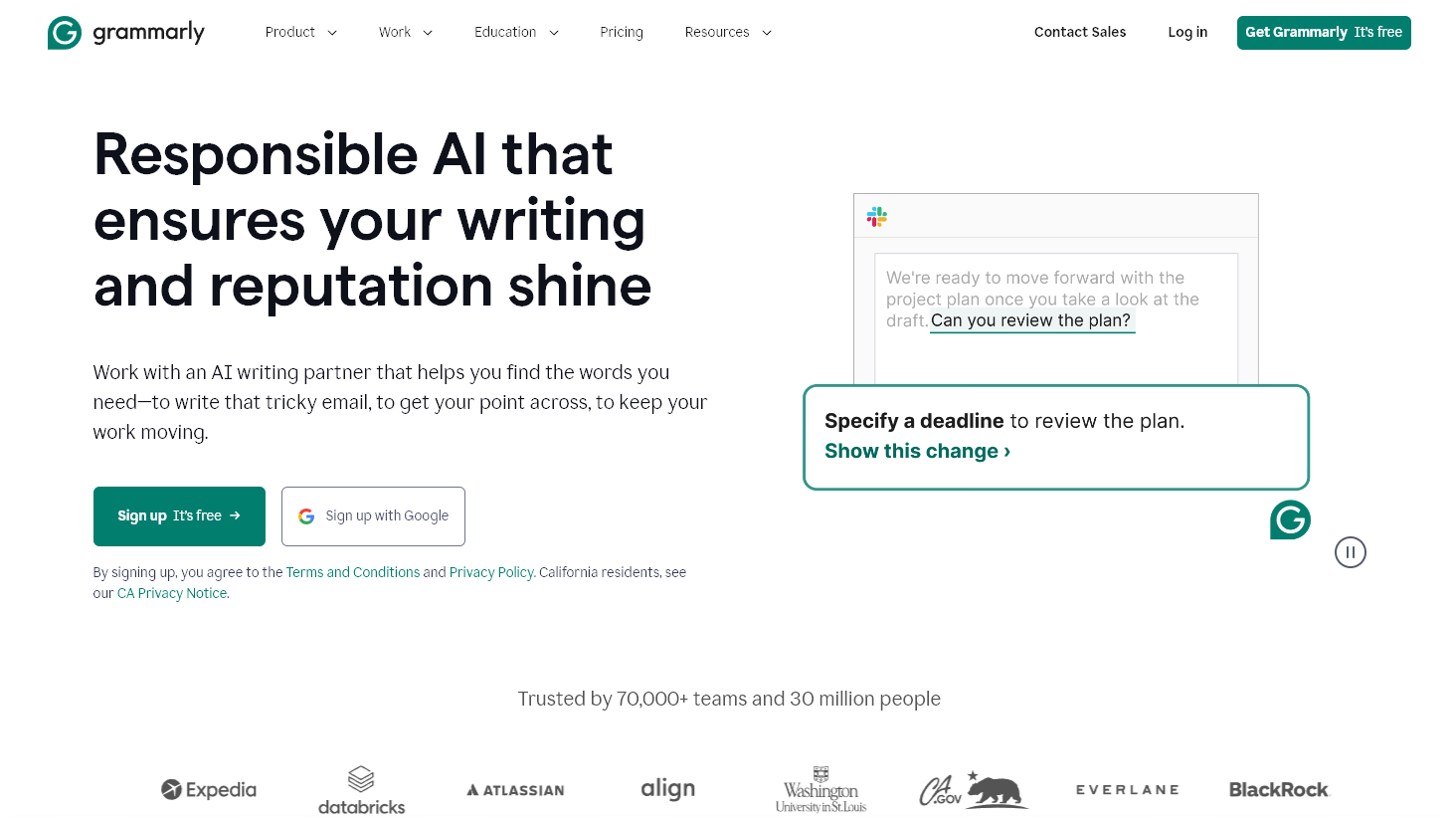
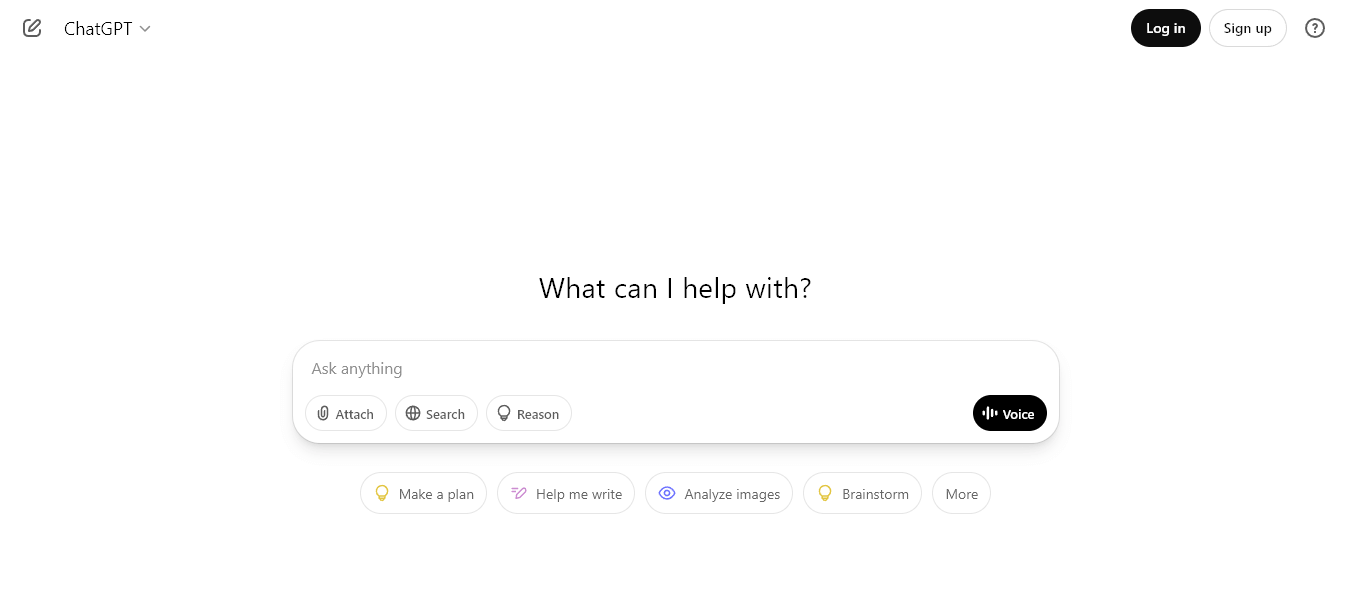
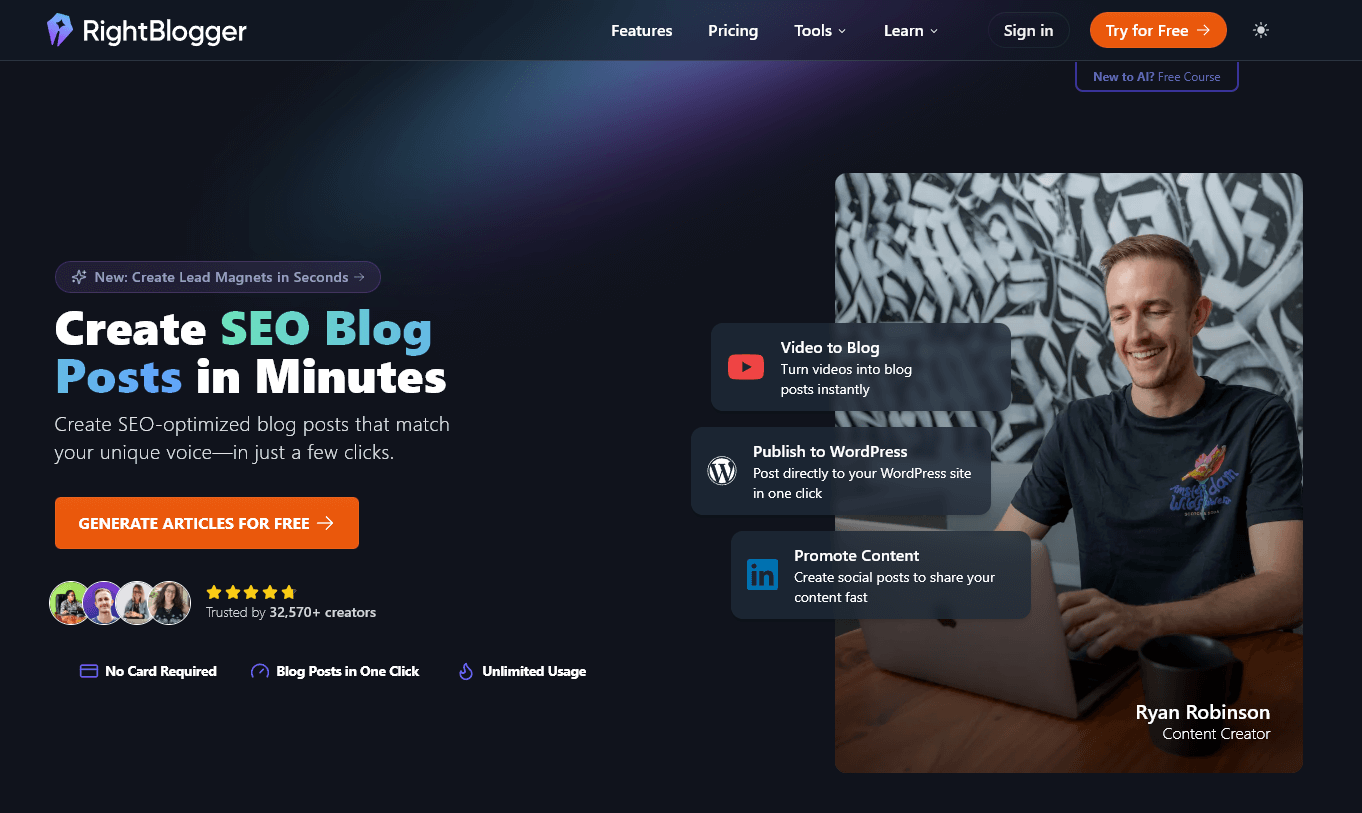
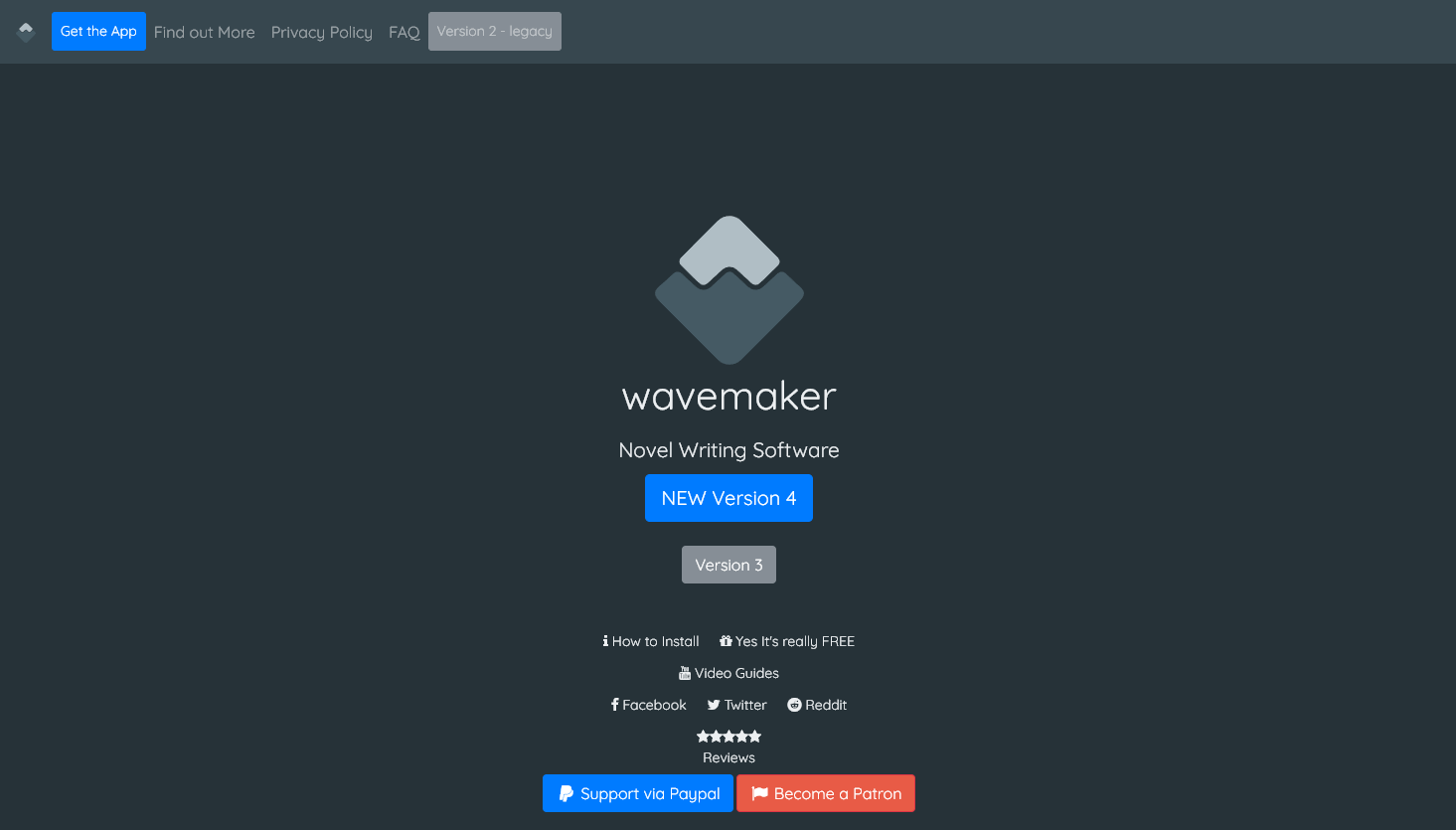
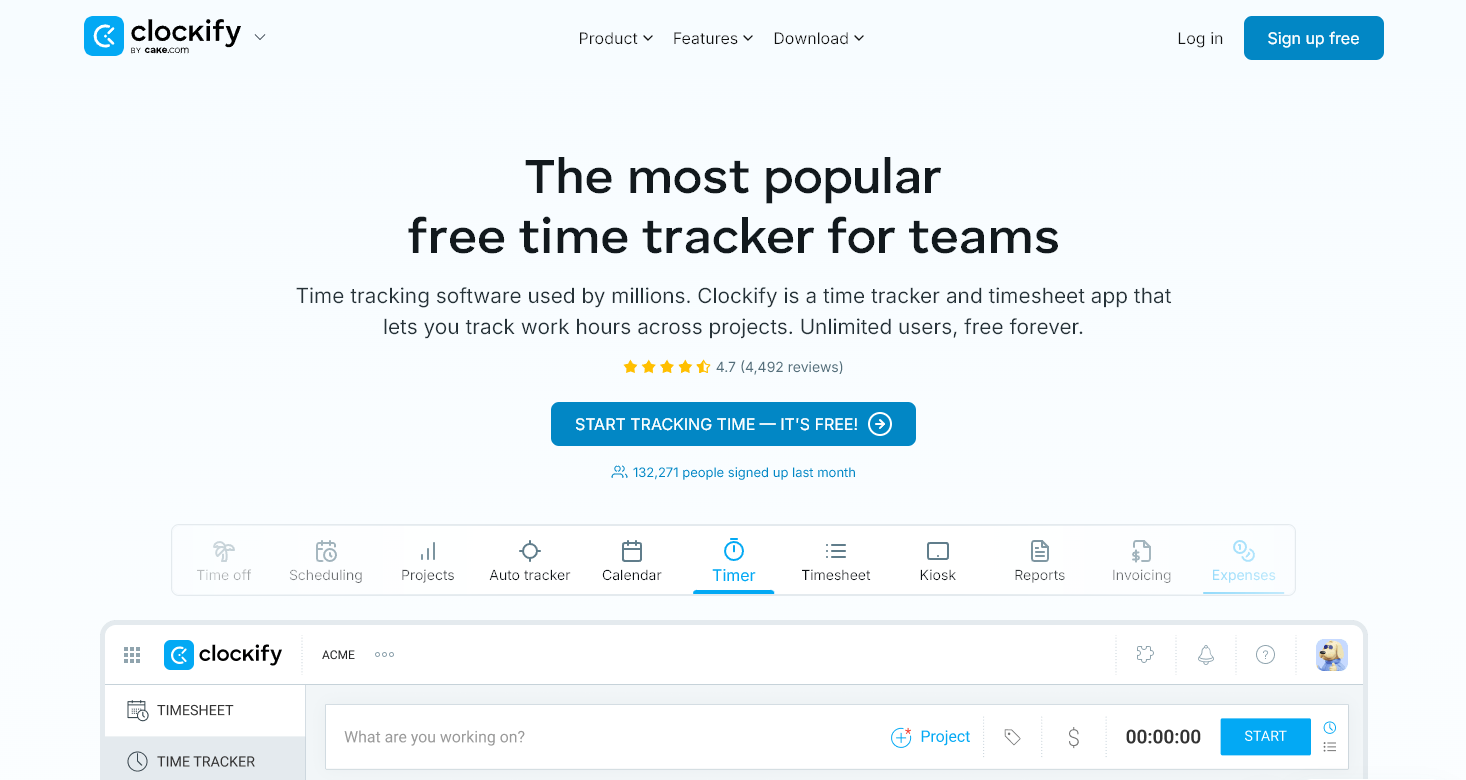
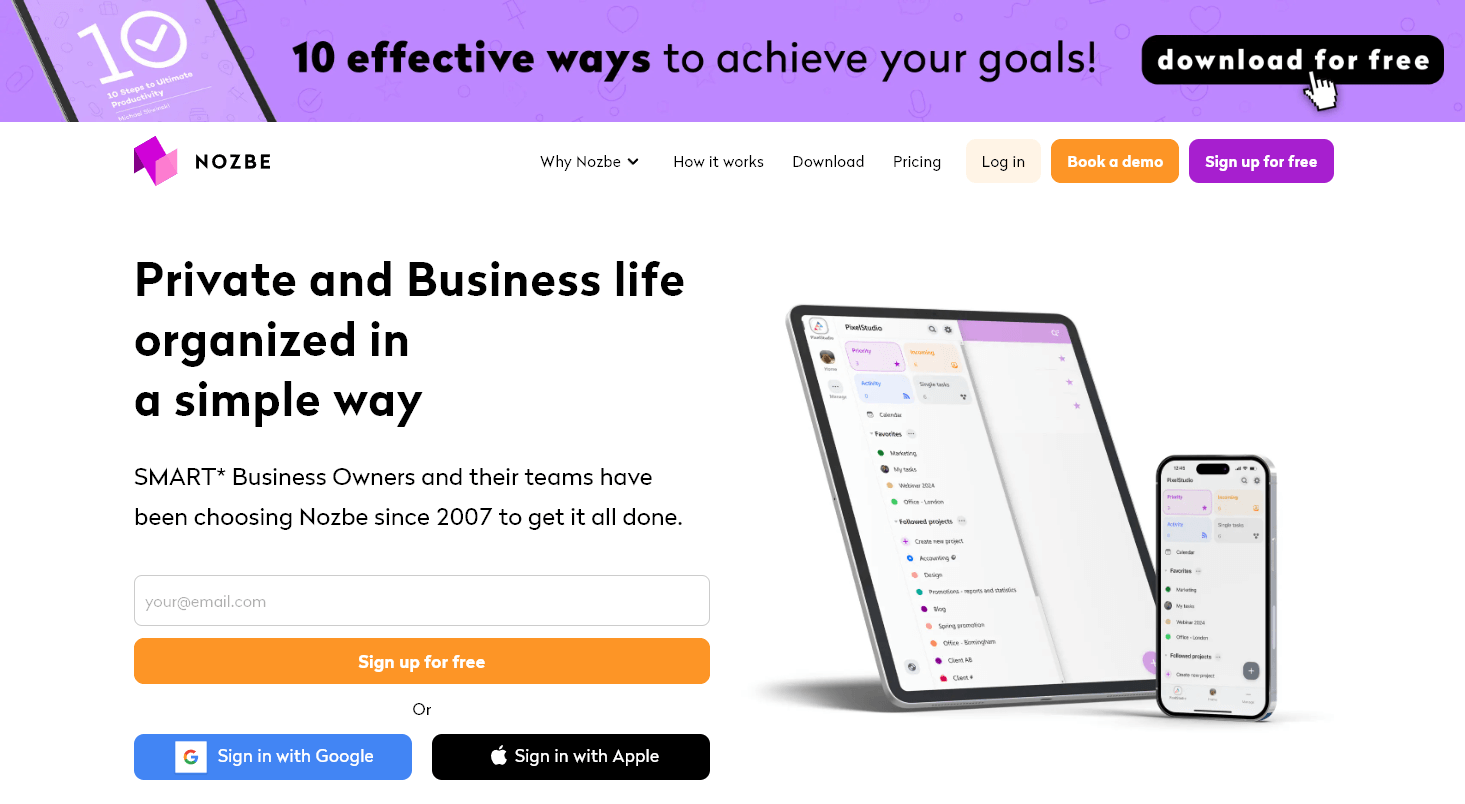
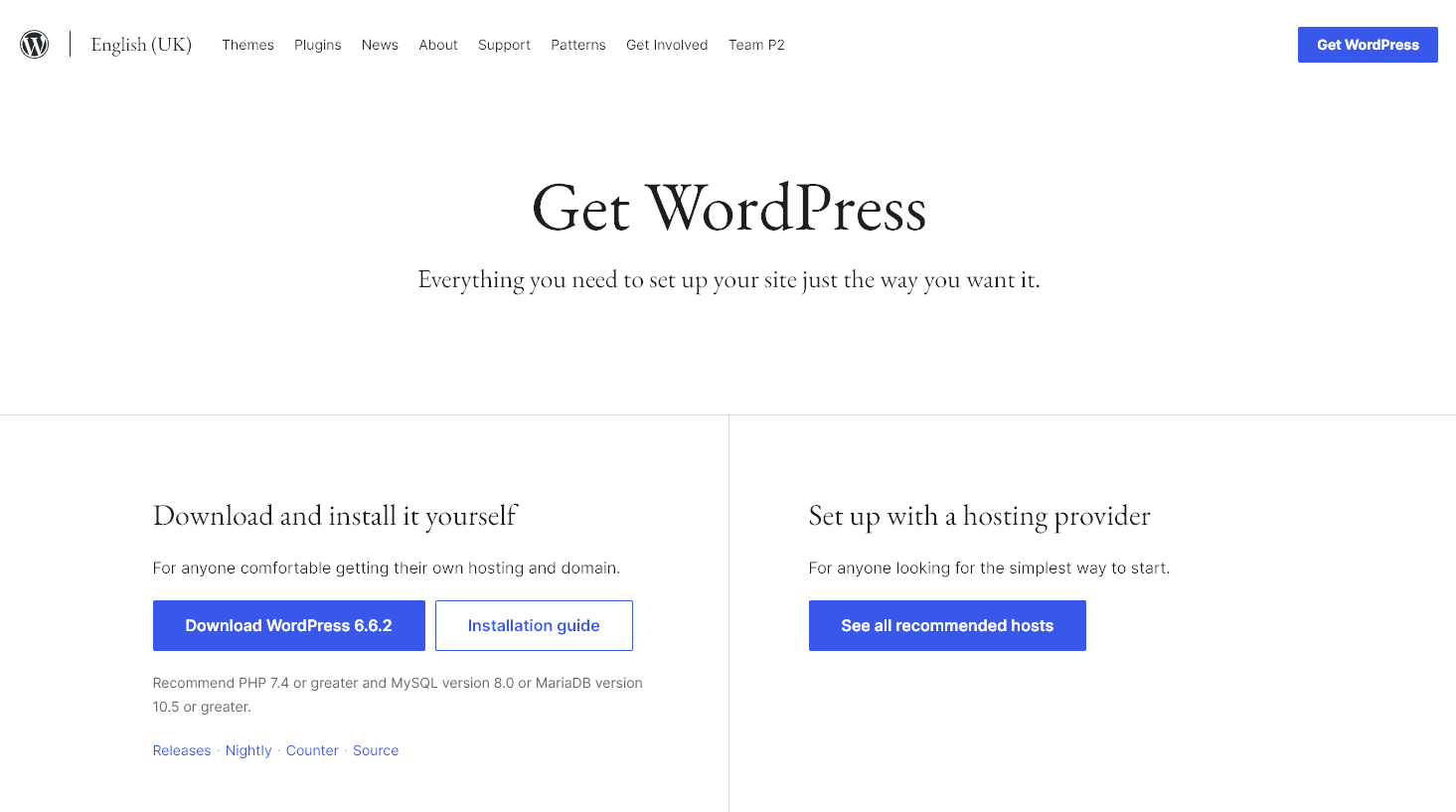

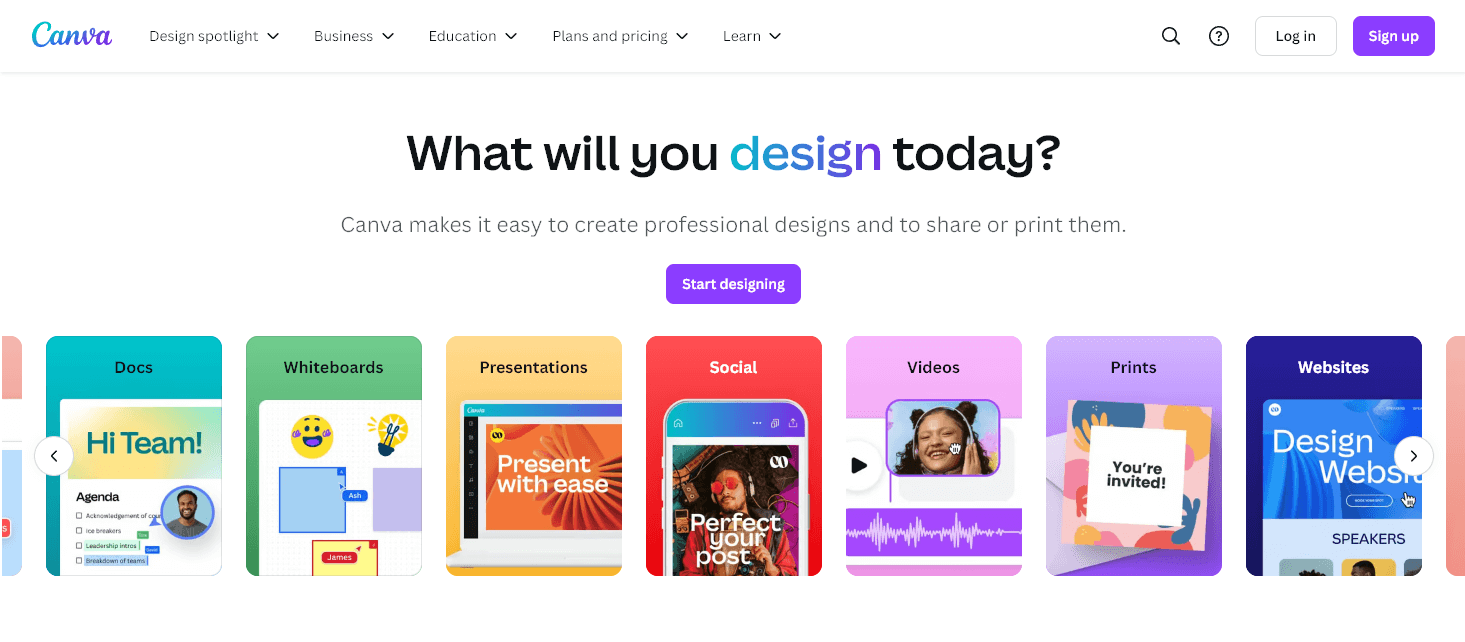
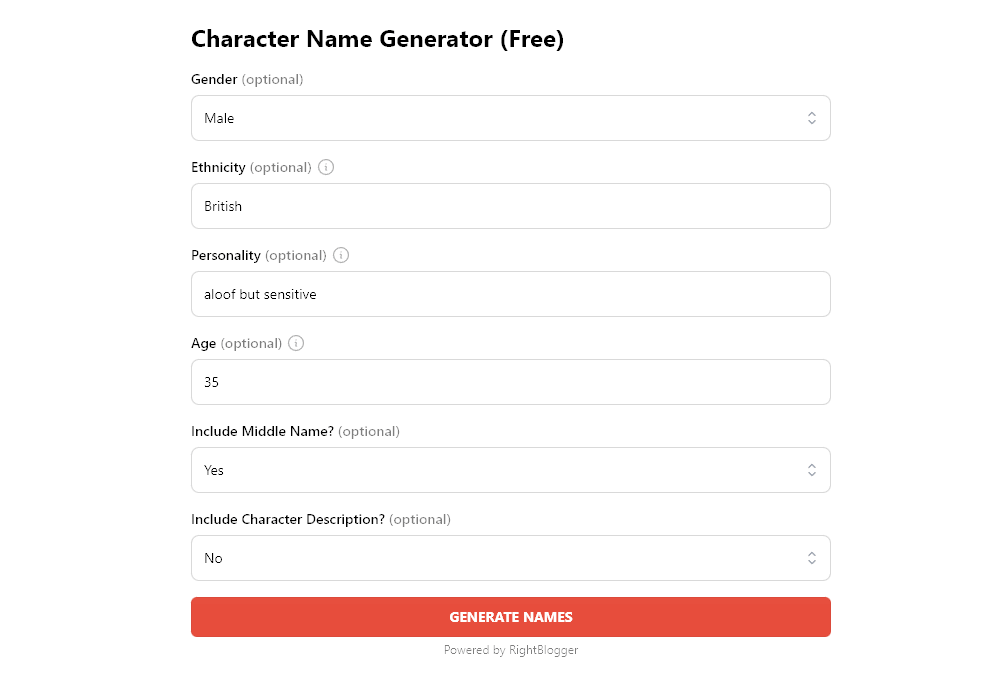
0 Comments